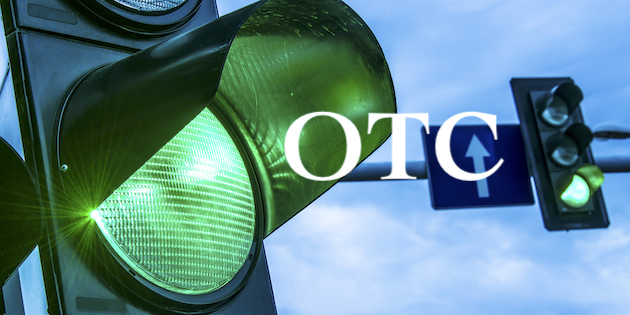Over the counter hearing aids finally green-lit for the US
Days short of five years since President Donald Trump signed over-the-counter hearing aid legislation into law, the Food and Drug Administration (FDA) has, on August 16, at long last issued the final rule and guidance that will see the much-debated change become a reality in the USA.

To be exact, it will not be until mid-October that hearing aids become available in traditional retail and drug stores; the rule takes effect then, 60 days days following publication in the Federal Register.
What it means is that adults in the U.S. with mild to moderate hearing loss will no longer be required to have a hearing-aid prescription or a fitting by an audiologist. Behind the law was a bill promoted by Senators Elizabeth Warren, D-Mass., and Chuck Grassley, R-Iowa to improve access to hearing aids, lowering their cost, a move the NIDCD Epidemiology and Statistics Program anticipates will benefit 30 million American citizens who need solutions for their hearing loss.
For adults with severe hearing impairment, or children, hearing aids will still be prescription devices.
In creating the new category for OTC devices, the FDA action, which was long awaited through a protracted period of mulling and passing deadlines, and compounded by the Coronavirus pandemic, also amends existing rules for prescription hearing aids, repeals the conditions for sale for hearing aids, and includes provisions that address some of the effects of the FDA OTC hearing aid regulations on state regulation of hearing aids.
The final guidance, issued concurrently with the final rule, is published to clarify the differences between hearing aids, which are medical devices, and PSAPs, consumer products that help people with normal hearing amplify sounds.
Reaction
Immediate reaction will be slowed by the need to wade through the 200 pages of the final rule document, but Twitter registered a first cautious comment from Starkey CEO Brandon Sawalich, a director (and until July 2021, chairman) of the Hearing Industries Association (HIA): “we are encouraged that they seem to include safer output level requirements for OTC hearing aids.”
1000 public comments received before final rule issued
The FDA finalized the rule after receiving and reviewing more than 1,000 public comments on the proposed rule issued on Oct. 20, 2021. These came from consumers, professional associations, hearing aid manufacturers, public health organisations and advocacy groups, members of Congress, state agencies, and other stakeholders. They are summarised in the final rule, along with the FDA’s respective responses.
“In response to public comments and to assure the safety and effectiveness of OTC hearing aids, the final rule incorporates several changes from the proposed rule, including lowering the maximum sound output to reduce the risk to hearing from over-amplification of sound, revising the insertion depth limit in the ear canal, requiring that all OTC hearing aids have a user-adjustable volume control, and simplifying the phrasing throughout the required device labeling to ensure it is easily understood. The final rule also includes performance specifications and device design requirements specific to OTC hearing aids,” the FDA stated in its final rule press release.
More industry and professional comeback can be expected over the following days, despite the long time taken by the FDA to regulate OTC allowing for incessant debate on the subject both in the US, and in Europe. The conversation has engaged all areas of hearing health.
“Hearing loss is a critical public health issue that affects the ability of millions of Americans to effectively communicate in their daily social interactions,” said FDA Commissioner Robert M. Califf, M.D. “Establishing this new regulatory category will allow people with perceived mild to moderate hearing loss to have convenient access to an array of safe, effective and affordable hearing aids from their neighborhood store or online.”
Download the rule
The unpubllished rule (scheduled to be published on August 17) can be downloaded here.
Source: FDA


